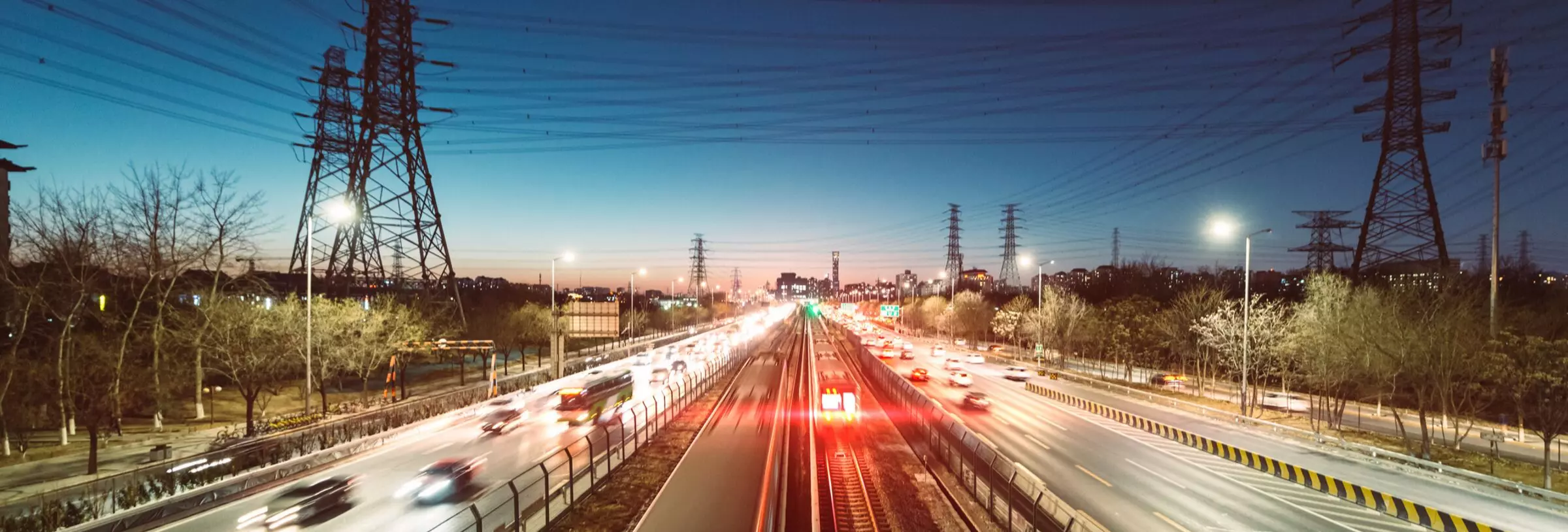During a windstorm, a tree owned by the City of Pasadena fell on Mr. O’Halloran’s residence, causing damage to his home. Mercury Casualty Company paid Mr. O’Halloran for the damage pursuant to his homeowner’s insurance policy, and then sued the City for inverse condemnation and nuisance based on the damages caused by the City’s tree.
Inverse Condemnation
To state a cause of action for inverse condemnation, the plaintiff must allege that defendant substantially participated in the planning, approval, construction or operation of a public project or improvement which proximately caused injury to his/her property. Courts have stated that when a physical injury is the incidental consequence of a deliberate action by the government taken in furtherance of public purposes, the damaged property has been appropriated for public use.
The trial court denied the City’s motion for summary adjudication of the inverse condemnation claim on the grounds that "the evidence shows that the subject tree is part of a work of public improvement that may properly be the subject of an inverse condemnation action." The City disagreed, and sought a writ of mandate in the Court of Appeal (essentially, an effort to get the trial court reversed before there is a final judgment that could be appealed in the normal manner).
In City of Pasadena v. Superior Court of the State of California, et al. (2014 Cal. App. LEXIS 733), the Court of Appeal held that the trial court properly denied summary adjudication because there were triable issues of material fact as to whether the tree was part of a work of public improvement.
The court explained that:
(1) Deliberate action is not found where the purported public improvement is neither an instrumentality of the sate nor controlled by the state. However, the evidence showed that the subject tree was part of the City’s forestry program to enhance the quality of life of its residents and visitors, and that the City took deliberate steps to manage and maintain the trees.
(2) The public improvement element of an inverse condemnation claim is satisfied where the instrumentality that allegedly caused the plaintiff’s damages (such as a tree) is part of the construction of a public improvement (such as a highway beautification project). The evidence showed that the tree was part of the City’s program to maintain trees along the roads, thus serving a public purpose of improving public roads.
The Court of Appeal found that the evidence presented demonstrated that the City’s forestry program, of which the subject tree was a part, is the result of a deliberate action by the state serving a public purpose. Accordingly, summary adjudication was properly denied.
Nuisance
A nuisance is "anything which is injurious to health . . . or is indecent or offensive to the senses, or an obstruction to the free use of property, so as to interfere with the comfortable enjoyment of life or property." (Civil Code, § 3479.)
The trial court also denied the City’s motion for summary adjudication with respect to the nuisance claim. The trial court found that negligence is not required to establish nuisance, and that the City failed to submit evidence excluding the likelihood that the public improvement was a substantial factor in causing damage.
The Court of Appeal agreed that nuisance liability is not necessarily based on negligence. However, where the liability for nuisance is based on the failure to act or an omission, then negligence is required. Liability for negligence is based on a defendant’s breach of its duty of care to plaintiff, and damages caused by that breach. The court explained that the City was required to present some evidence that it had not breached its duty of care by first establishing the nature and extent of its duty. Because the City failed to do so, it did not meet its burden for summary adjudication. Accordingly, the Court of Appeal affirmed the trial court’s denial of summary adjudication as to the nuisance claim as well.
Note that the ruling does not mean that the City is necessarily liable under either the inverse condemnation or nuisance theory. At this point, the Court has only ruled that the City could not escape liability through its summary adjudication motion, meaning the case will now proceed to a trial on the merits of the plaintiff’s claims. Note also that this opinion was not ordered published by the Court of Appeal, meaning it is not citable as precedent in any other case.
Eminent Domain Report is a one-stop resource for everything new and noteworthy in eminent domain. We cover all aspects of eminent domain, including condemnation, inverse condemnation and regulatory takings. We also keep track of current cases, project announcements, budget issues, legislative reform efforts and report on all major eminent domain conferences and seminars in the United States.
Stay Connected
 RSS Feed
RSS Feed
Categories
- Administration
- Appraisal
- Arizona
- California
- CLIMATE CHANGE
- CONGRESS
- Construction
- Court Decisions
- Energy & Utilities
- Environmental Law
- EPA
- Events
- FAQs
- Goodwill
- GOVERNMENT ADMINISTRATION
- Inverse Condemnation & Regulatory Takings
- Land Use Planning
- Lawsuit
- New Legislation
- Possession
- Projects
- Public Agency Law
- Public Policy
- Publications
- Real Estate and Property Rights
- Redevelopment
- Regulatory Reform and Proposed Rules
- Right to Take
- Right-of-Way
- Seminars
- Speaking Engagements and Presentations
- Texas
- trial
- Valuation
- Videos
- Water
- Wildfire Management
